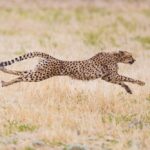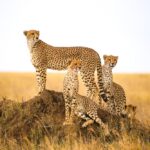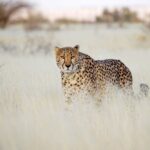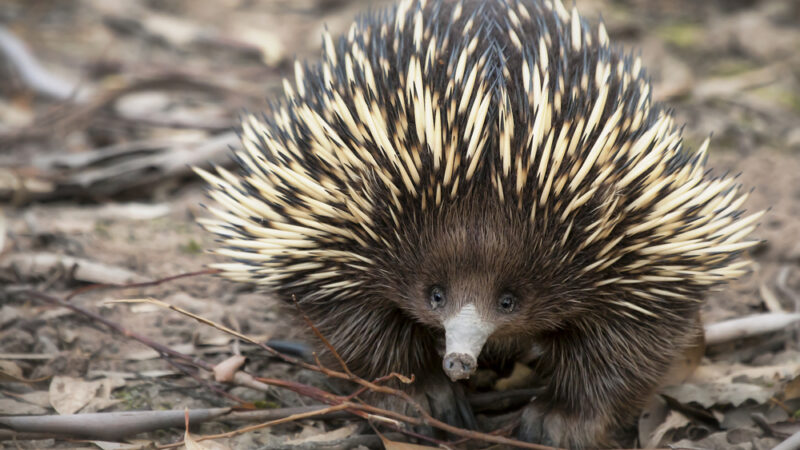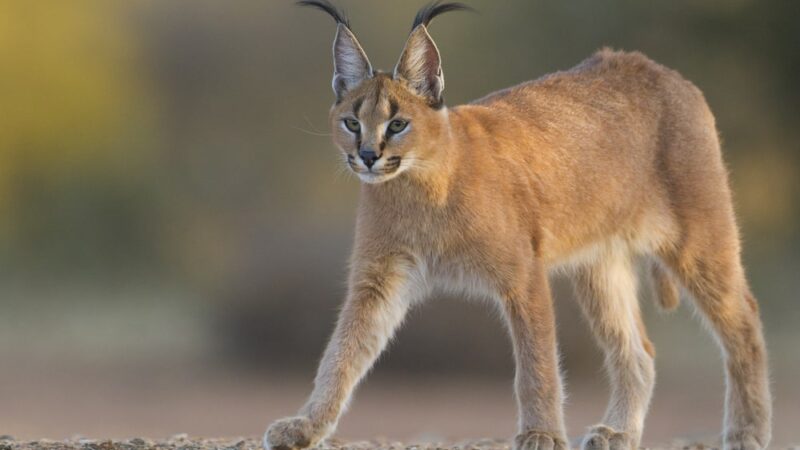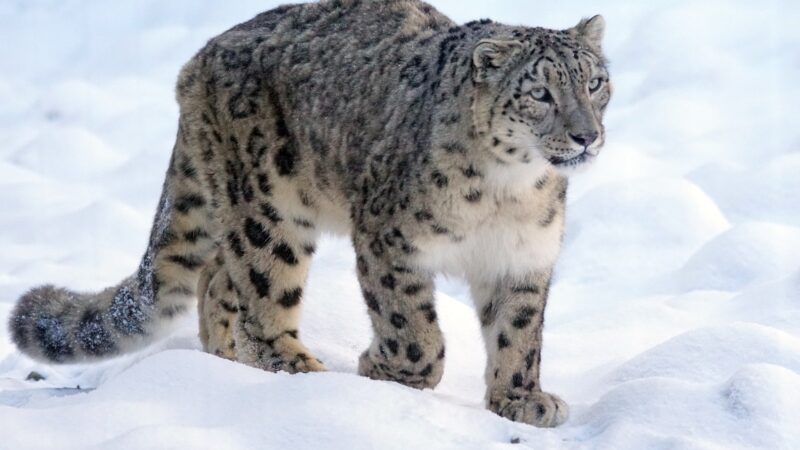Cheetah
Shelter for Animal | Cheetah | Cheetah is one of the fastest mammals and beautiful animals. Cheetahs can accelerate to speeds of 47 mph or 75 kph in less than 2 seconds and may reach top speeds of 75 miles or 120 kilometers per hour. Although they cannot maintain these incredible speeds for long.
Animals Cheetah
Cheetahs are super fast mammals, they are covered in fur, they are warm-blooded, and they feed their babies milk. Cheetahs are carnivores, preferring to kill and eat medium-sized prey like Impalas, Gazelles, and Springbok, but they will also eat Ostriches, Warthogs, and Zebras.
Cheetahs hunt in the day because they track their prey by sight and not by smell. They will stalk up as close as possible to their intended target and then give chase. The chase usually lasts for less than a minute: if the cheetah cannot catch the animal quickly, it will give up, but they kill about half of the animals that they chase.
Once it has made a kill, the cheetah needs to eat as fast as possible before larger predators arrive and steal it. Cheetahs are built for speed and agility, they are much smaller than other predators, like lions, leopards, and tigers. They need their speed and maneuverability to catch food, and so they will avoid a fight where they might get hurt.
How big are cheetahs?
Adult cheetahs weigh between 63 and 143 pounds, or 28 and 65 kilograms, and have a head-and-body length of up to 55 inches or 140 centimeters. Their tails are quite long for their size, with lengths of roughly three feet or one meter common. This long tail is used to help the cheetah steer and change direction when they are running at high speeds.
Cheetahs can be recognized by their spotted fur, long tails, slender legs, and black stripes extending down from their eyes. Something interesting about cheetahs is that, unlike other big cats, they cannot roar. However, they can purr! Cheetahs have small heads to reduce wind resistance, and large nostrils to help them take in more oxygen.
They also have enlarged hearts and lungs to help supply blood to their muscles. Their spines are extremely flexible, like springs, allowing them to move incredibly far with each stride – up to 25 feet, or 7 to 8 meters in a single bound. Cheetahs also have special feet, different than the feet of most other cats. Their claws do not retract all the way, giving them better grip, like cleats, and allowing them to run faster.
Where they live?
Cheetahs live mostly in the grassy savanna of Africa and the Middle East, although some live in parts of Asia. Throughout history, some people have kept cheetahs as pets, beginning with the Ancient Egyptians. They used the cheetahs to hunt. Kings and emperors for thousands of years kept cheetahs both for pets and for hunting.
Cheetahs extinction
Today, cheetahs are vulnerable to extinction due to hunting by humans, loss of habitat, and being illegally taken from the wild to be kept as pets. Farmers will sometimes shoot and kill cheetahs because they think they will eat their animals.
Only about 10,000 cheetahs remain in the wild, but people are working hard to help protect the cheetah population. Farmers are being taught how to protect their animals without killing cheetahs, and people are trying to protect the places that cheetahs live and the animals they eat so that they will have healthy habitats to live in.
Baby cheetah
Male cheetahs are usually larger than females, a baby cheetah is called the cub. A female cheetah gives birth to three to five cubs. females usually live alone, however, mothers always stay with their cubs for around 18 months.
After they are born the cubs will stay together for another six months after their mother leaves and after six months the females will leave to live on their own.
Cheetah facts for Kindergarten
- Cheetah is a mammal, the fastest big cat.
- It is a member of the big cat family.
- Cheetahs are smaller than other members of the big cats such as lions and tigers. They have a long body covered with fur the fur is dotted with black spots.
- Cheetah may have 2,000 to 3,000 spots the spotted coats allowed them to hide in camouflage while lying in the grass or in shade They have small heads with short round ears.
- They have long and muscular tails a cheetah’s tail helped to keep its balance while running at high speeds their tail also helped to take sharp turns at high speed easily.
- Baby cheetahs can follow their mothers in high grass by following the mother’s tail.
- Cheetahs have amazing eyesight they can see praise from five kilometers away, however, they see very poorly at night.
- They hunt only during the day this also helps them avoid predators that hunt at night.
- Cheetahs are carnivores, which means they eat the meat of zebras and impalas etc. Cheetah speed is excellent to hunt these animals.
- They have non-retractable claws, this gives them better grip at high speeds.
- Most cheetahs are found in eastern and southwestern Africa.
- These animals mainly live in open dry grasslands. They have evolved perfectly for this kind of habitat.
- They can survive a long time without drinking water, they drink once every three to four days.
- Cheetahs cannot climb trees unlike lions or tigers, they cannot roar if threatened they make a chirping noise. When happy cheetahs purr like domestic cats.
- Cheetah is easy to recognize by looking at its face. It has long black lines that run from the inside of each eye to the mouth, these lines help protect their eyes from the glare of the Sun so that they can see long distances.
- Cheetahs like to stay on high ground to look for prey, after taking down the prey they hide their food to save them from other predators.
- They are not very strong and they are not capable of combat, therefore, they avoid any kind of fight with other predators or large herbivores.
- Cheetahs can run away easily when in danger.
- Male cheetahs continue living together in groups called a coalition.
- Cheetahs do not attack humans in the wild.
- Cheetah is an endangered species, they have become threatened due to loss of habitat resulting in decreasing food sources.
- There are only 7,000 Cheetahs left in the wild.
- Cheetah usually lives 7-10 years in the wild.
Reference: Wikipedia, Britannica
